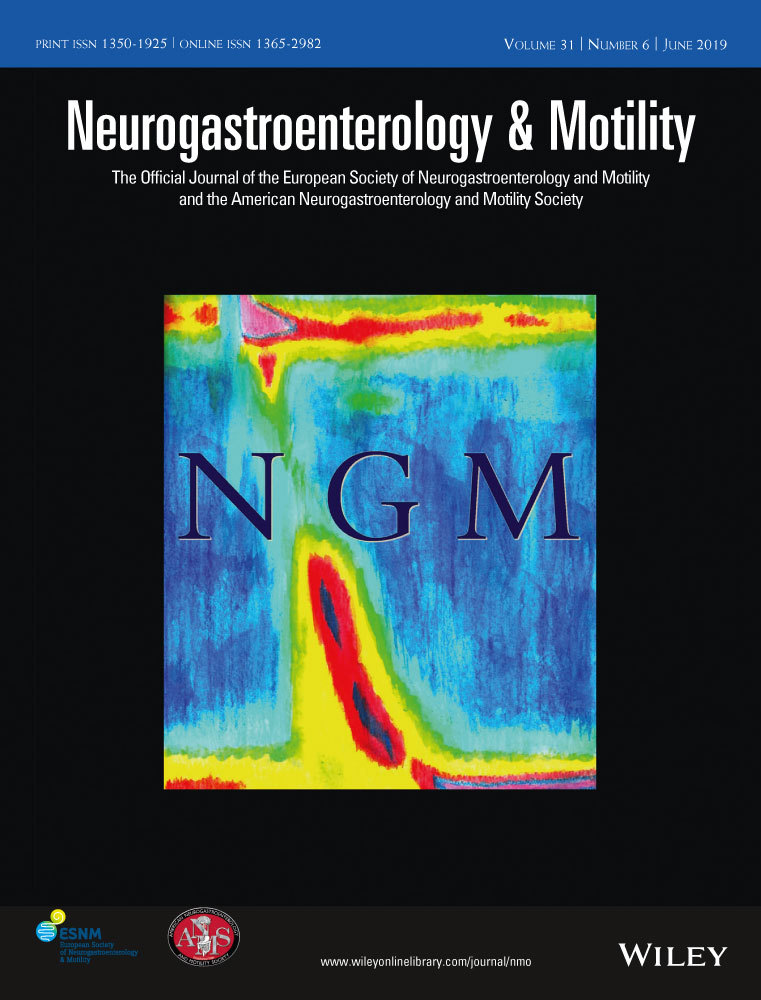 “Cannabinoid type 2 (CB2) receptor activation has been shown to attenuate IRI in various organs. NF-E2-related factor (Nrf2) is an anti-oxidative factor that plays multiple roles in regulating cellular redox homeostasis and modulating cell proliferation and differentiation. The protective effects of CB2 receptor activation on skeletal muscle IRI and the underlying mechanism that involves Nrf2 signaling remain unknown.
“Cannabinoid type 2 (CB2) receptor activation has been shown to attenuate IRI in various organs. NF-E2-related factor (Nrf2) is an anti-oxidative factor that plays multiple roles in regulating cellular redox homeostasis and modulating cell proliferation and differentiation. The protective effects of CB2 receptor activation on skeletal muscle IRI and the underlying mechanism that involves Nrf2 signaling remain unknown.
Our results showed that CB2 receptor activation reduced IR-induced histopathological lesions, edema, and oxidative stress 1 day post-injury and accelerated early myogenesis 4 days post-injury in mice. Nrf2 knockout mice that were treated with AM1241 exhibited deteriorative skeletal muscle oxidative damage and myogenesis. In vitro, pretreatment with AM1241 significantly increased the expression of Nrf2 and its nuclear translocation, attenuated the decrease in H2O2-induced C2C12 cell viability, and decreased reactive oxygen species generation and apoptosis. CB2 receptor activation also significantly enhanced C2C12 myoblasts differentiation, which was impaired by silencing Nrf2.
Overall, CB2 receptor activation protected skeletal muscle against IRI by ameliorating oxidative damage and promoting early skeletal muscle myogenesis, which was partly via Nrf2 signaling.”
https://www.ncbi.nlm.nih.gov/pubmed/31128135
https://www.sciencedirect.com/science/article/abs/pii/S0024320519304126?via%3Dihub

 “Neuropathic pain can develop after nerve injury, leading to a chronic condition with spontaneous pain and hyperalgesia.
“Neuropathic pain can develop after nerve injury, leading to a chronic condition with spontaneous pain and hyperalgesia.
 “The
“The 

 “Neuropathic pain (NP) is associated with chronic hyperglycemia and emotional disorders such as depression in diabetic patients, complicating the course of treatment. Drugs currently used to treat NP have undesirable side effects, so research on other natural sources has been required.
“Neuropathic pain (NP) is associated with chronic hyperglycemia and emotional disorders such as depression in diabetic patients, complicating the course of treatment. Drugs currently used to treat NP have undesirable side effects, so research on other natural sources has been required.